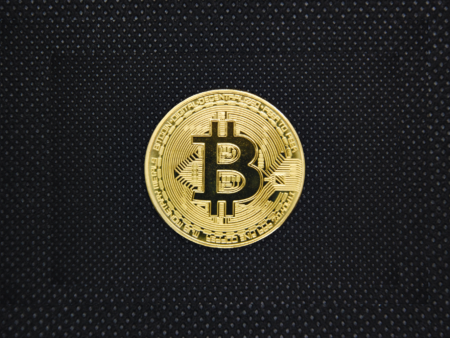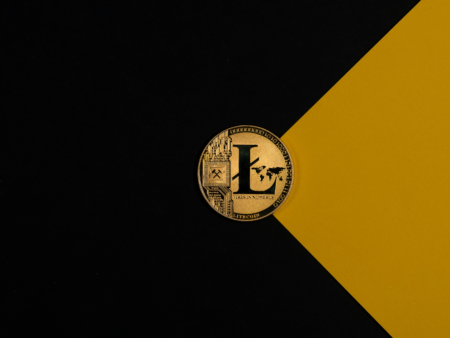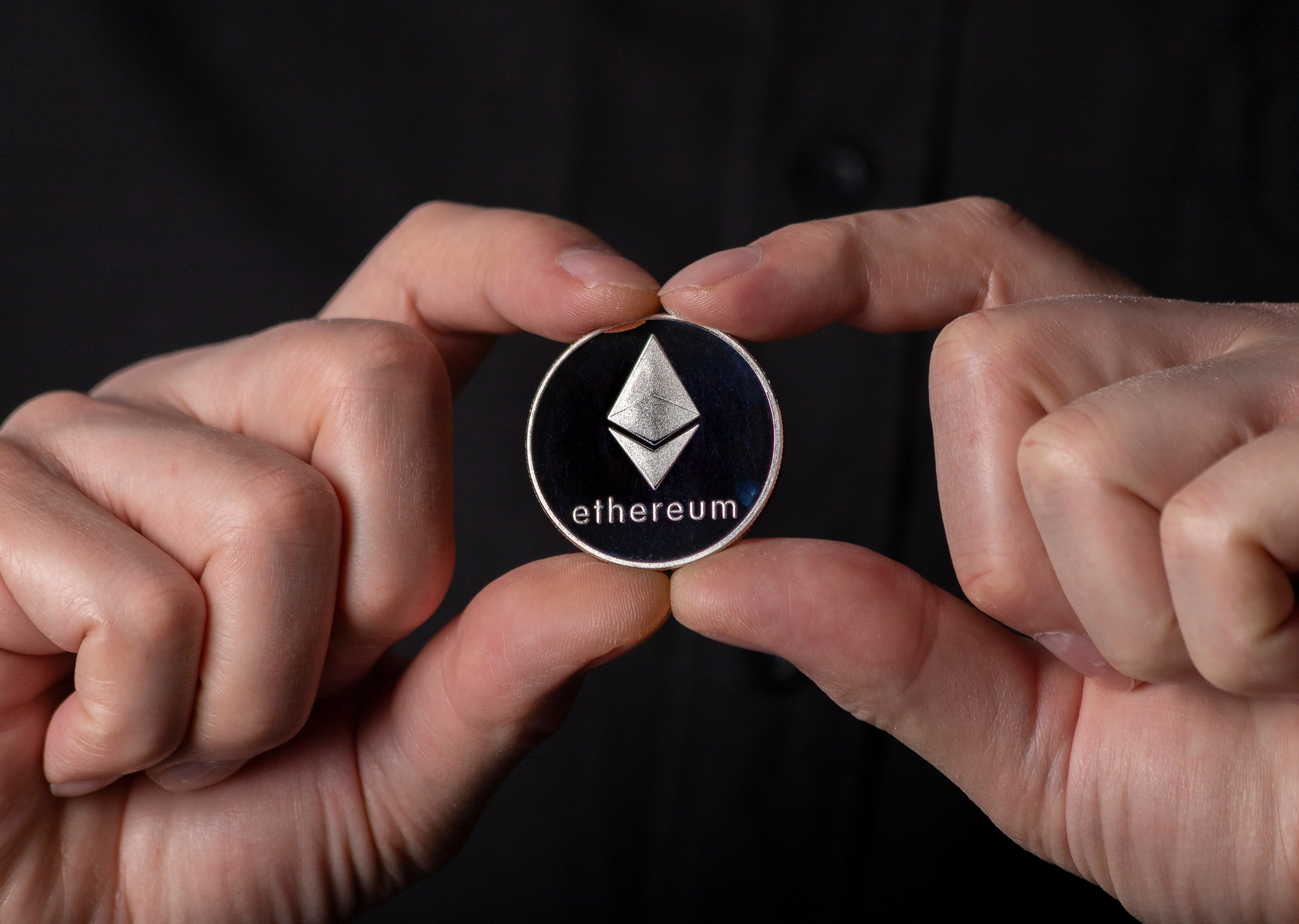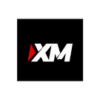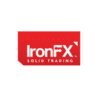As the cryptocurrency industry grows, investors are looking for the next big thing to make great profits. We examine 8 interesting cryptocurrencies with 10x growth potential in 2023.
New currencies are often entering the market as the cryptocurrency business continues to grow quickly. Due to cryptos‘ growing popularity, investors are constantly looking for the next big thing that would make them astronomical profits. In this article, eight cryptos with a 10x growth potential in 2023 will be analyzed.
Based on market capitalization, projected growth, and public acceptance, these coins were selected. We will examine each coin’s distinctive features, development strategy, and potential growth trajectory, ranging from well-known coins like Ripple (XRP) to emerging coins like DigiToads (TOADS) and Decentraland (LAND). Continue reading to see which cryptos have the potential to generate significant profits over time.
DigiToads (TOADS)
Users can play a web3 game offered by a recent Ethereum-based startup called DigiToads to enter to win both virtual and tangible rewards. Players can buy and use DigiToads NFTs as virtual pets that they can take care of and train to help them in battle.
The top 25% of leaderboard players share the prize money accrued from in-game purchases at the end of each gaming season. A Platinum Toad is also given to the winners of an on-chain trade contest. The winner of this toad receives a 10% share of any profits along with access to a sector of the treasury where they are allowed to trade.
Due to the 2% burn rate built into each TOADS transaction, DigiToads (TOADS), a deflationary token, has an advantage over other meme currency ventures fighting inflationary natures and large supply.
DigitToads differentiates itself from other cryptocurrency initiatives by rewarding users for playing games and staking. Every transaction adds 2% to a stake pool that will be gifted to holders based on how long they lock up their assets. Incentives for longer lock-ups encourage members to commit to the project’s growth.
The DigiToads presale is currently active, with a 450% price increase predicted before launch. TOADS will expand 10 times in total, giving investors who join at any point the chance to get benefits at launch.
In conclusion, DigiToads is a complete hub that serves all users, from novice investors looking for fresh investment options to those with more experience looking at cryptos.
Decentraland (LAND)
A pioneer in the cryptocurrency industry, the Decentraland (LAND) project offers a fresh method for dealing with virtual properties. Built on top of the Ethereum blockchain, the project offers a decentralized virtual environment where users may buy, sell, and build on virtual land.
Decentraland users can create and interact with diverse materials. Create and share 3D games, interactive experiences, and models. Decentraland users can make money by selling access or ad space.
Investors and the broader cryptocurrency community are taking note of Decentraland’s distinctive approach to virtual property and its developing developer and user ecosystem. Additionally, the project has formed partnerships with other leading cryptocurrency projects like MakerDAO, Enjin, and Chainlink.
The platform allows users to buy and sell virtual land using the Decentraland native currency, LAND. The token’s value has substantially surged since its inception, and as a result, its market capitalization has surpassed $1 billion. Decentraland’s value proposition is expected to increase as more people use the platform and more content is created.
Solana (SOL)
The blockchain and cryptocurrency Solana (SOL) were created to make it easier to build a reliable distributed network to handle the upcoming wave of digital assets and programs. It addresses issues with scalability, cost, and performance in other blockchain systems, such as Ethereum. Because of its fast throughput, low latency, and inexpensive cost for customers and developers, Solana is a popular choice.
Solana uses a revolutionary proof-of-history (PoH) consensus approach that addresses scalability and speed issues by enabling the network to process up to 65,000 transactions per second (TPS) with confirmation times of 400 milliseconds.
This technique provides a quick and efficient way to validate transactions by producing verifiable evidence of the precise time a transaction occurred. Additionally, the network uses a proof-of-stake (PoS) consensus process variant for better energy efficiency and security.
Smart contracts and decentralized apps are Solana’s main characteristics. Since Solana supports the Ethereum Virtual Machine (EVM), developers can utilize Solidity to construct dApps on the network. Thus, developers can move their Ethereum-based products to Solana and benefit from its improved capabilities and lower pricing.
Polygon (MATIC)
Polygon (MATIC), a Layer 2 scaling solution for Ethereum, claims to improve the network’s effectiveness and scalability. It was first introduced in 2017 under the name Matic Network by Jaynti Kanani, Sandeep Nailwal, and Anurag Arjun. The project’s name was changed to Polygon in February 2021 to better reflect its greater objective of building a multi-chain ecosystem.
By providing a quicker and less expensive alternative to the Ethereum main net, Polygon’s major goal is to boost the effectiveness and usability of decentralized apps (dApps). The platform achieves this by utilizing a Proof-of-Stake (PoS) consensus method and a Plasma sidechain design, which allows for more rapid transaction processing and significantly lower costs.
Polygon has experienced significant development and acceptance since its launch, and an increasing number of dApps and projects are using the platform. To expand the Polygon ecosystem and improve its functionality, the team has been actively looking for collaborations and partnerships with other leading blockchain projects.
The Sandbox (SAND)
Users can create, share, and pay for game experiences in a decentralized virtual gaming environment called The Sandbox (SAND) that runs on the Ethereum blockchain. Users can own virtual homes and other in-game assets through The Sandbox, which is based on non-fungible tokens (NFTs). Gamers can create unique gaming experiences, profit from them, and even collaborate to create brand-new, captivating worlds.
The Sandbox has had a spectacular rise in popularity, boasting more than 40 million downloads and more than 3 million active users per month. Because of the game’s original idea of letting players own and benefit from their innovations, a number of investors and gamers have expressed interest in it. Well-known venture capital firms and blockchain investors have generously invested over $100 million in The Sandbox.
Polkadot (DOT)
Polkadot (DOT) aims to deliver the more efficient and scalable solution the decentralized web needs. It is a blockchain network that offers greater scalability and interoperability across other blockchain networks. It was established by Gavin Wood, one of the Ethereum co-founders.
Polkadot’s Polkadot Relay Chain, a consensus mechanism that links all other chains, is its core. The Relay Chain secures the network, but parachains like smart contracts, identity verification, and tokenization may specialize.
Polkadot’s cross-chain interoperability, which allows data exchange and communication across blockchains, is a major benefit. Decentralized apps may now access data and functionality from several blockchain networks without bridge solutions.
Polkadot’s governance architecture promises to be more decentralized and community-driven than blockchain networks. DOT token holders can vote, contribute ideas, and stake their tokens to reward and protect the network.
Uniswap (UNI)
A decentralized exchange built on the Ethereum blockchain is called Uniswap. Instead than relying on traditional order books like a centralized exchange would, Uniswap uses an automated market maker (AMM) approach. It pools funds using a number of smart contracts and determines the exchange rate based on supply and demand.
Uniswap’s ability to facilitate seamless peer-to-peer trading without the use of middlemen is one of its key advantages. Users are able to transact with one another directly as a result, cutting eliminating the need for a centralized authority. In addition to lowering costs and accelerating transactions, this enhances security and transparency.
UNI is the name of Uniswap’s native token, which the protocol uses extensively. It primarily functions as a governance token, enabling holders to cast ballots on significant choices that will effect the platform’s future development. Additionally, UNI provides a way to pay transaction fees on the Uniswap platform as well as an incentive for liquidity providers who contribute to the liquidity pools.
Ripple (XRP)
A cryptocurrency called Ripple (XRP) was created in 2012 by Ripple Labs. Ripple wants to make international money transactions safe, quick, and affordable. Ripple is not a standalone cryptocurrency like most others. Instead, banks, financial institutions, and other payment providers can send money swiftly and easily using the digital payment protocol that is the main use case for ripple.
The use of the XRP Ledger, a distributed ledger technology, is one of the distinguishing characteristics of Ripple. This ledger keeps transaction costs down while facilitating quick and secure transactions. One of the quickest cryptocurrency networks, the XRP Ledger has one of the shortest transaction times.
The cryptocurrency offered by Ripple, called XRP, serves as a medium of exchange. XRP can be used by a bank or other financial organization to transfer money to a foreign institution. This makes cross-border transfers quick, safe, and affordable.
In the end
The market for cryptos has grown quickly in recent years and is expected to do so once again in 2023. Moreover as the world grows more digital and decentralized, cryptocurrencies have a better potential of replacing conventional ways of payment and acting as a significant store of value.
Finally all eight of the cryptos we discussed—DigiToads (TOADS), Decentraland (LAND), Solana (SOL), Polygon (MATIC), The Sandbox (SAND), Polkadot (DOT), Uniswap (UNI), and Ripple (XRP)—have shown the potential for rapid growth in the years to come and hold the potential for a 10x increase or more in the near future.

